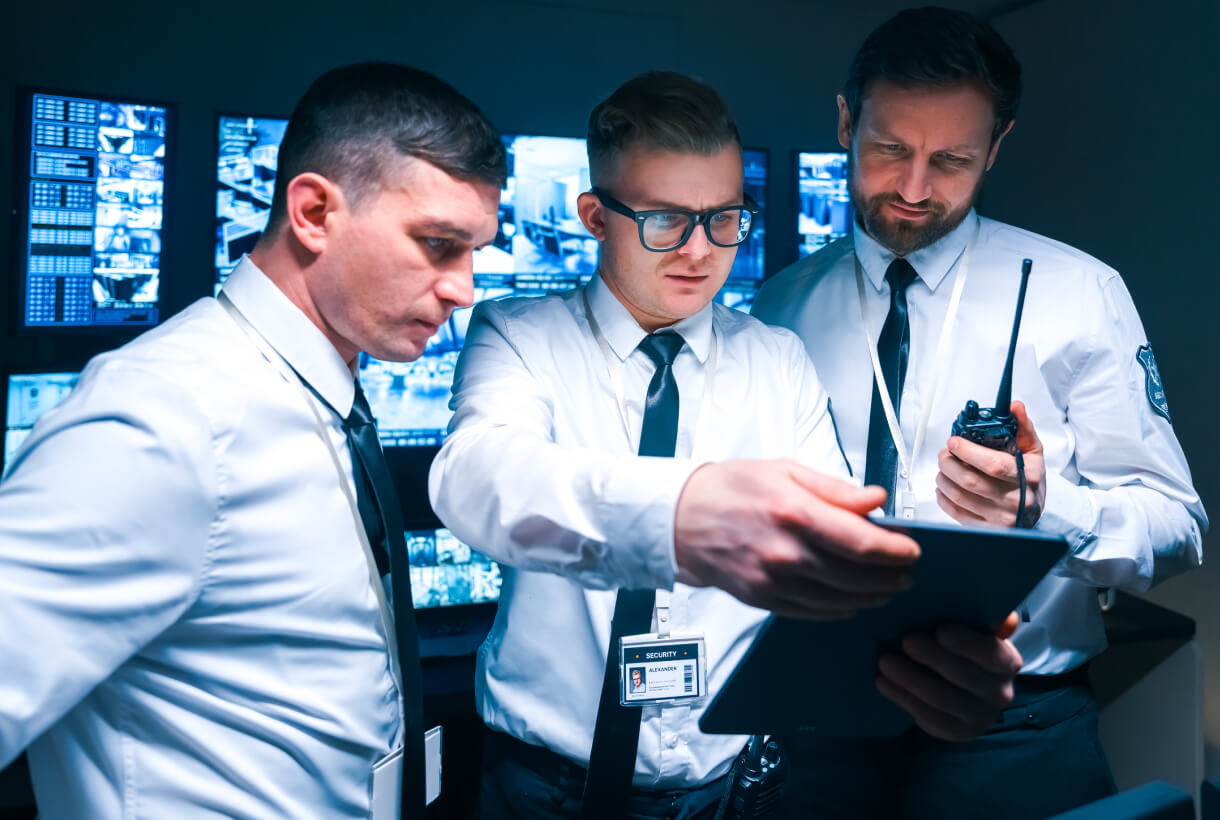What do a hurricane and a product recall have in common? Both are critical events, and, by definition, both can pose a threat to your operations. It’s time to go back to the basics and make sure the right people, processes and technology are in place to handle each and every level of crisis.
Discerning the Difference: Critical Event Types
First, rethink how your organization categorizes incidents and how those incidents are prioritized. This framework affects the way everyone anticipates, prepares, responds and adapts.
Internationally recognized crisis management expert Regina Phelps differentiates two distinct categories of critical events:
Routine emergencies are those your organization has dealt with before and already has procedures in place to manage. They fall within your acceptable level of risk tolerance. For example, staffing shortages, food or product recalls and power or system outages are events that many organizations are used to by now. You know who to notify, and involvement is likely limited to specific managers and teams.
Crisis emergencies, by contrast, are previously unknown to your organization. And even if the type of incident does feel familiar, it’s happening at an accelerated pace, making it hard to adapt. The potential for rapidly cascading damages is very real. For example, an off-season typhoon or tornado can decimate one of your key production facilities. Civil unrest or a cyberattack can happen without warning and bring operations to a grinding halt. Such events typically necessitate notifications to numerous stakeholders, such as your business continuity team and even your media relations department.
Are You Prepared for Any Type of Critical Event?
Routine Emergencies
- Building damage/closures
- Production delays
- Emergency repairs
- Power outages
- System/network downtime
Crisis Emergencies
- Active Assailant
- Civil Unrest
- Public health alerts
- Tornado warnings
- Cyberattacks
No matter which type you’re facing, successful critical event management (CEM) depends on whether your organization is prepared with the right people, processes and technology in place. Regular practice combined with the right supportive technology will significantly enhance your ability to improvise, adapt and overcome, during both routine and crisis emergencies.
Asking the Right Questions: Your Resilience Process
To improve your ability to discern between the different types of incidents and determine the best methods of mitigation, start with the following questions:
- Can your company and security teams differentiate between routine vs. crisis emergencies?
- How do you prioritize these incidents?
- Are you confident you and your team can respond and adapt to emergencies at a moment’s notice?
- Can you tell if an incident is impacting your people, places or property?
- Are you receiving fast and accurate information as incidents arise?
- Are you able to communicate once you received actionable risk alerts?
This list is just a starting point. More in-depth and specific questions will naturally arise in the process of cultivating an attitude of resilience and asking, “How can we do it better?” The next step is to support this mindset with the best resources.
What Now? Selecting Your Technology Partner
Successful outcomes start with a provider that has a solid platform with a foundation built upon critical event management, including:
- Proactive risk awareness — AI-powered and analyst-vetted risk intelligence will ensure you stay informed of impactful incidents, based upon key risk criteria such as severity levels, proximity, keywords, labels and times of occurrence.
- Cross-functional coordination and communication flows — Reliable critical communications keep stakeholders updated while alerting employees and empowering them to reach out to you, via user-friendly features such as two-way chat and check-in.
- Integrated technology and systems — Security and continuity silos can be resolved by utilizing an open API architecture for holistic operations, maximizing current systems and removing manual processes, all without disrupting existing operations and infrastructure.
When you’re running an organization and being pulled in many directions, it can feel like every incident is a crisis. Yet, as we’ve established, not all critical events are equal. Each requires a particular response to both prevent escalation and ensure operational continuity.
A modern, integrated platform that combines human analysts, artificial intelligence (AI) and machine learning delivers state-of-the-art risk intelligence, critical communications and incident management – everything you need to identify the different types of critical events and take a proactive approach to manage and respond to them.
From a local power outage to a powerful tornado (and everything in between), the right technology provides fast, accurate and reliable information and the means to respond and adapt quickly and effectively.
Handle any and every type of critical event confidently with the OnSolve Platform for Critical Event Management. Reach out today for more information or to request a demo.

